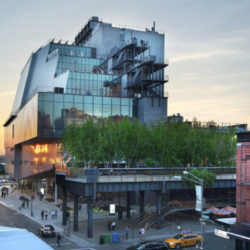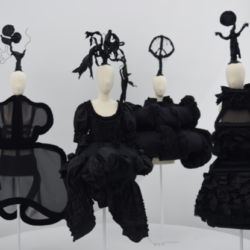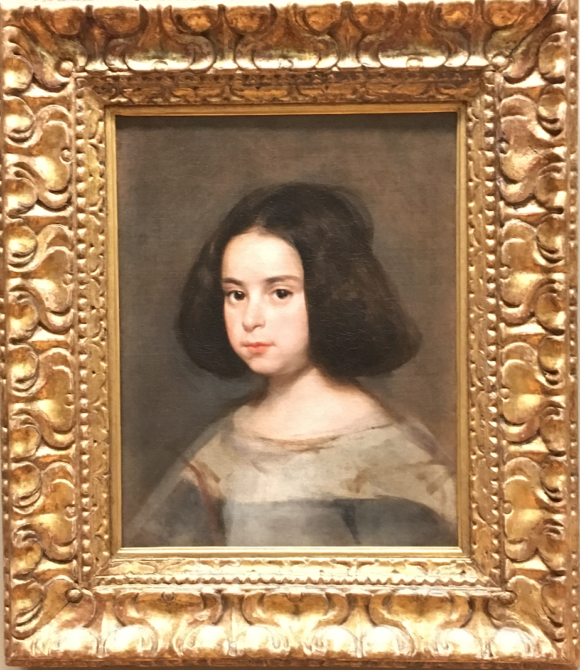
A small but exceptional show of seven paintings by Diego Rodríguez de Silvay y Velázquez (Spanish 1599-1660) just opened at the Metropolitan Museum of Art. The show was prompted by the recent restoration, at the Met, of two portraits from the collection of the Hispanic Society of America in New York. Portrait of a Young Girl, (top image) one of the restored paintings, is significant because it is the only painting of a child, not of royal birth, by Velázquez . See the steps to the painting’s full restoration here.
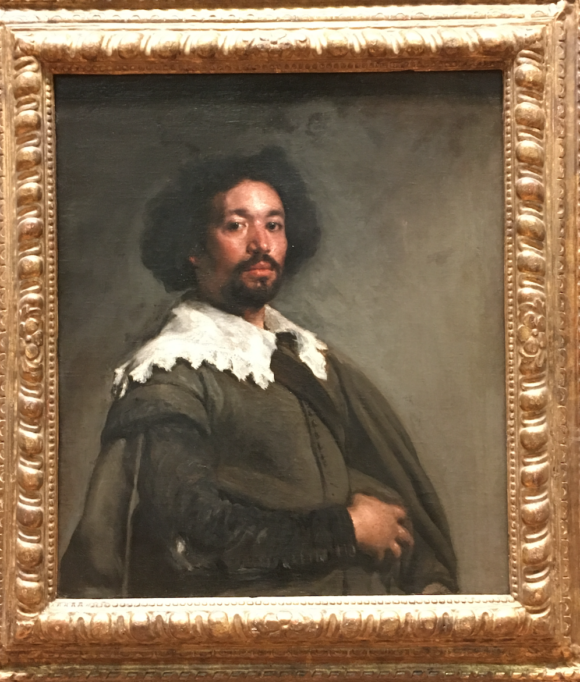
Velázquez established himself as the official painter for the Spanish monarchy. In his later paintings of common people, at around 1650, his genius is evident for capturing not only the physical likeness but also the essence and life force of his subjects. In the portrait of Juan de Pareja, my favorite painting at the Met, the proud intensity of this man is palpable. He was Velázquez’ slave until his freedom was granted a year after the portrait was painted in 1651. Pareja went on to be an independent painter.
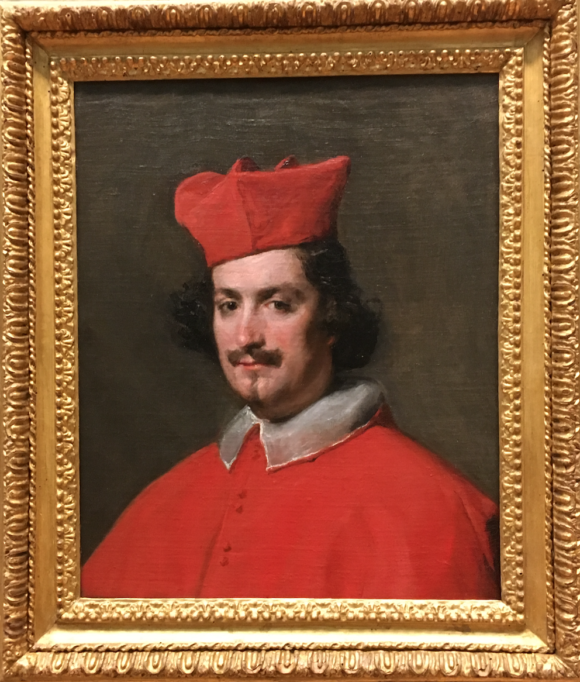
Also newly restored is the portrait of Camillo Astalli (1619-63) a distant relative by marraige to Pope Innocent X who installed him as Cardinal Pamphili. Four years later he would be stripped of his position and banished. Read his history here.
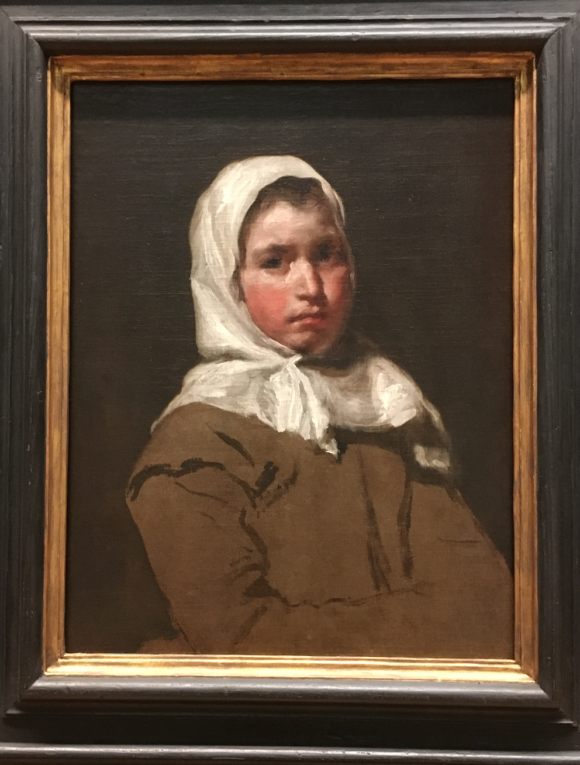
This soulful painting of a peasant girl is on loan from a private collection. This exhibit may be the only opportunity to see it, on view until March 12, 2017.

